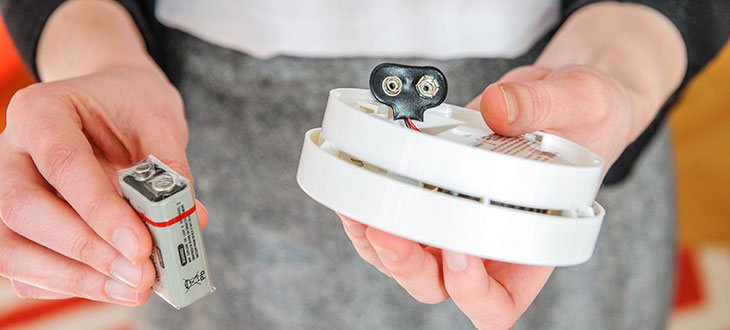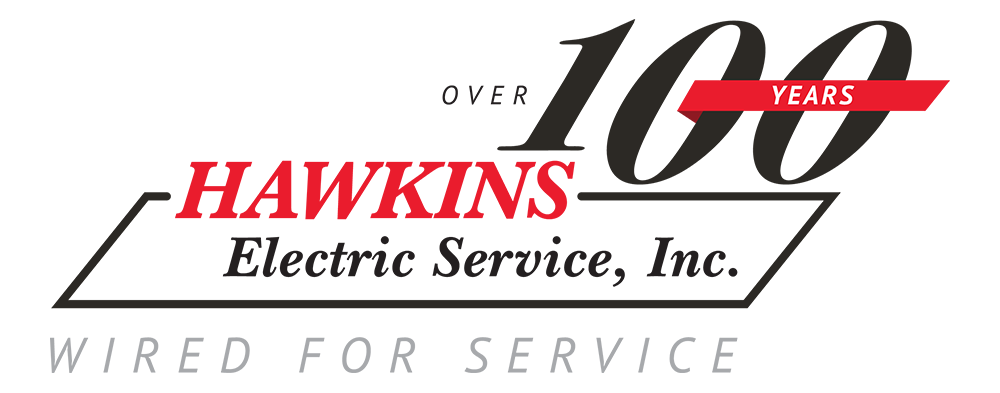
Newest Smoke and CO Detectors: What You Should Know
There are few items more vital to home safety than smoke and carbon monoxide detectors. As smart technology evolves, we’re seeing more and more “smart” home safety devices in homes across the country. Listed below are some of the newest trends in smoke and carbon monoxide detector technology and information on how they can impact you.
1. Nest: A Smart Smoke Alarm That Keeps Its Cool
(link: http://www.nytimes.com/2013/11/21/technology/personaltech/review-nest-protect-smoke-and-carbon-monoxide-detector.html?pagewanted=all&_r=0)
Source: The New York Times
This article from last fall examines Nest Protect, the dual smoke and carbon monoxide alarm that interfaces with smart-phone technology. Earlier this year, a faulty feature forced Google to temporarily halt sales. However, the issue has since been resolved and overall, Nest has received positive reviews.
In the event of an emergency, or high levels of smoke or carbon monoxide, [the Nest Protect] light switches to red and the voice urgently speaks up and lets you know there’s an emergency. Once the smoke subsides, the Protect chimes again, flashes green and tells you the smoke is clearing. Its superiority as a smoke detector lies in its civility and carefully programmed demeanor.
A common deterrent for some customers is difficult setup. But according to this instructional video(link:https://www.youtube.com/watch?v=Jz1G8YZi9X8) , installing Nest takes minimal time and effort. The Nest Protect can be purchased here (https://store.nest.com/product/smoke-co-alarm/) for $99.
2. New Smart Smoke Detectors Could Save More Lives
(link: http://newyork.cbslocal.com/2014/01/07/seen-at-11-new-smart-smoke-detectors-could-save-more-lives/%20)
Source: CBS New York
Perhaps the most annoying, panic-inducing aspect of smoke and carbon monoxide detectors are the faulty warnings. According to this article, new technology is helping to prevent that.
Now, new so-called “smart” designs have been developed in both smoke and carbon monoxide detectors that promise to protect while producing fewer false alarms.
We mentioned the Nest Protect and its ability to give verbal warnings upon the slightest detection of smoke and/or carbon monoxide. In addition, Nest helps locate the danger.
Tom Shemeley, a New Jersey fire marshal, said what makes the device unique is that it can pinpoint exactly where the potential trouble is in your home and send you an alert if you link it to your smart phone.
Another highly praised detector, the Birdi (http://getbirdi.com/) monitors air quality and can send an alert to your phone. And then you call 911, right? Wrong: the device can contact the fire department for you if there’s an emergency.
The smart detectors are a bit more expensive than their predecessors, running as high as $130.
3. Understanding Different Types of Detectors
(link: http://www.libertymutual.com/safe-and-smart-living/blog-posts/home-fire-safety)
Source: Liberty Mutual
Nearly everything you want to know about smoke and carbon monoxide detectors can be found in this article. It covers the various types, their capabilities and how to install them.
One type, the dual sensor smoke alarm, identifies both flaming and smoldering fires.
It’s best to install both ionization and photoelectric fire alarms capabilities in your home. You can do this by installing each type, or get a dual sensor alarm that combines both technologies in the same unit.
There are important features to look for when choosing the right smoke and/or carbon monoxide detector:
• Test button. Choose a model that allows you to test the unit to make sure that it is in working order.
• CO gas level sensor. Knowing how much CO is in your air will help you determine the severity of the problem and possibly pinpoint the source.
• Battery back-up. Detectors that run on electricity need a battery back-up in case of a power outage.
See the full list. (http://www.libertymutual.com/safe-and-smart-living/blog-posts/home-fire-safety)
We have more information on smoke and monoxide detectors on our site. Call Hawkins at 1-877-927-0900 for a quote on installation — or click here to contact Hawkins online. (link to contact)
Back to all articles